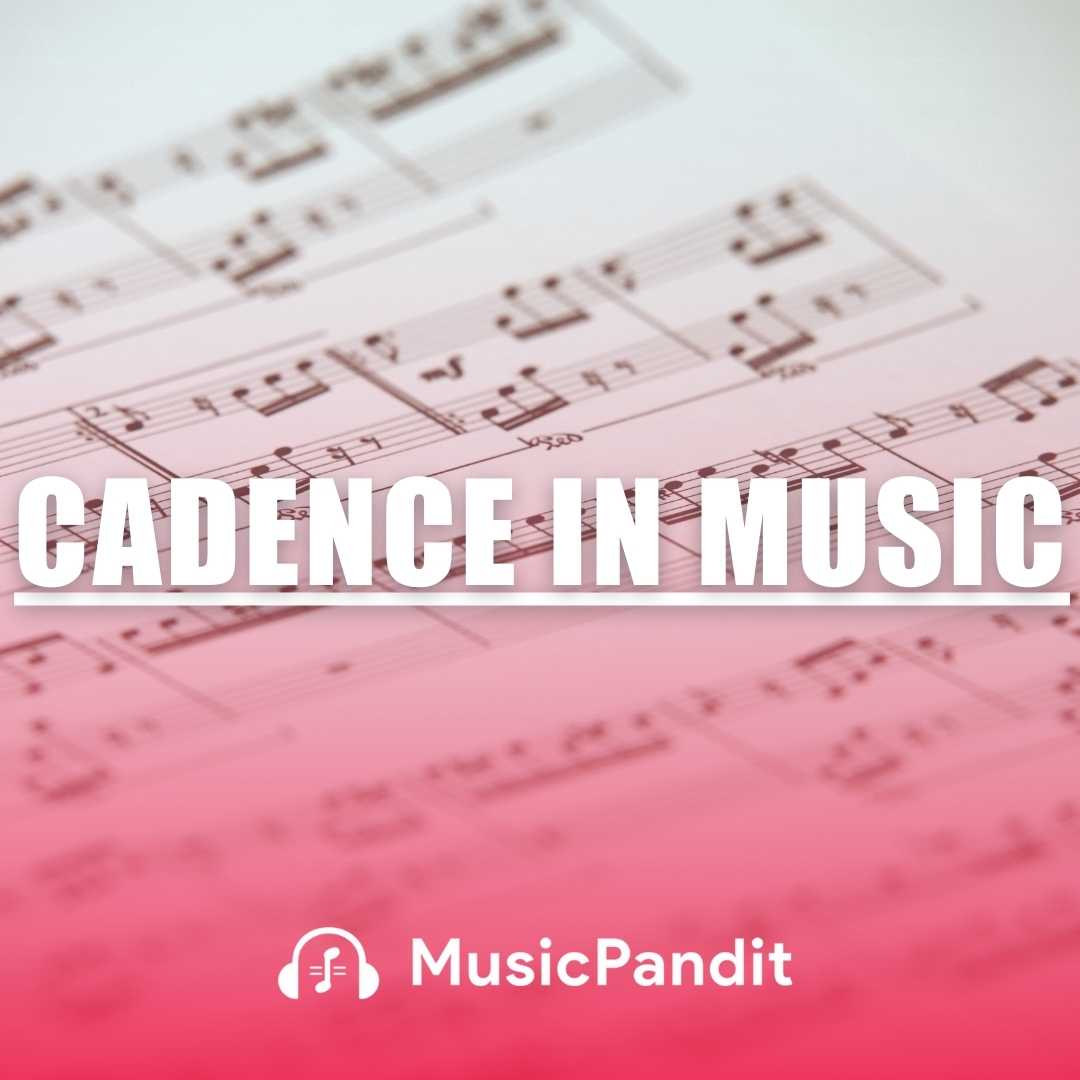In music, the concept of pitch plays a crucial role in determining how notes sound in relation to one another. One of the ways musicians alter pitch is by using symbols called accidentals, and a common accidental is the “flat.”
This article will explore the definition of flat, its importance in music, how to recognize it, and its impact on musical performance, including instrument-specific considerations.
What is a Flat in Music?
A flat, represented by the symbol ♭, is a musical notation that lowers the pitch of a note by a half step (semitone). For example, if you play a B♭ on the piano, it is one semitone lower than a B. The flat symbol is used in many musical settings, from solo performances to ensemble playing, and appears in genres like classical, jazz, and popular music.
The term “flat” can also be used in a more informal sense to describe when a note is played slightly lower than its intended pitch, which musicians may refer to as playing “off-pitch.” In both formal and informal contexts, understanding and identifying flats is crucial for accurate music performance.
Importance of the Flat in Music
Flats are essential because they expand the range of notes a musician can use beyond the standard seven notes (A, B, C, D, E, F, G). By including flats, composers can create more complex harmonies and melodic lines, giving music a richer and more varied sound. For instance, in many blues and jazz styles, the flat third and flat seventh notes are commonly used to create unique sounds that characterise the genre.
Furthermore, flats are integral to key signatures, which dictate the tonality of a piece of music. Key signatures with flats (like B♭ major or D♭ major) tell the musician which notes to automatically lower by a half step throughout the piece.
Recognizing and Reading Flats in Music Notation
Flats are always indicated in front of the note on the staff. For example, if a B♭ appears in a piece of sheet music, the flat symbol will be placed directly before the note B. In key signatures, flats are listed at the beginning of a staff line and apply to the entire piece unless a natural or sharp symbol appears to cancel the flat.
For young students, learning to recognize flats in music is an important step in understanding musical intervals and mastering the ability to play in different keys. Practice is key when learning to read music that includes flats, especially when transitioning between sharp and flat keys.
Developing Proper Pitch and Dealing with Flat Singing
In vocal music, being “flat” refers to singing below the correct pitch. This is a common issue for beginners, but with proper training, singers can improve their pitch accuracy. Techniques such as ear training and vocal exercises help singers develop a strong sense of pitch and prevent them from singing flat.
Sometimes, singers with natural pitch issues may have difficulty hearing when they are off-pitch. In these cases, teachers recommend consistent practice with a piano or tuning app to develop better pitch recognition skills. Vocal warm-ups focused on interval training also help students understand the distance between pitches, which can reduce the likelihood of singing flat.
Instrument-Specific Considerations
Different instruments deal with flats in unique ways. Let’s look at a few examples:
Piano: On a piano, a flat note is simply the black key to the left of a natural note. For instance, D♭ is the black key directly to the left of D. Learning the layout of flats on the keyboard helps students play in various keys, including those with multiple flats in the key signature.
Guitar: On the guitar, a flat note is played by moving one fret lower than the natural note. For example, to play an A♭ on the guitar, you would place your finger one fret lower than where you would play an A.
Wind instruments (like clarinet or flute): On these instruments, fingering changes are required to play flat notes, and players must carefully adjust their embouchure (the way they shape their mouth) to ensure they hit the correct pitch.
Each instrument has its own way of addressing flat notes, and it’s crucial for students to practise scales and key signatures that include flats to become comfortable with the fingerings and pitch adjustments required.
The Benefits of Understanding Flats
Mastering flats allows students to:
Play in more keys: Understanding flats opens the door to playing music in a wider variety of keys. For example, jazz and classical musicians often encounter pieces in keys with flats, such as E♭ major or A♭ minor.
Improve musical expression: Flats enable musicians to explore more expressive possibilities. Composers often use flats to evoke particular emotions, such as melancholy or tension, and being able to play or sing flats allows students to fully realise a piece’s emotional depth.
Enhance tuning accuracy: For singers and players of non-fretted string instruments, practising with flats can improve pitch accuracy and tuning.
Flat and Other Musical Terms
In addition to the flat, other accidentals include the sharp (♯), which raises the pitch of a note by a half step, and the natural (♮), which cancels a flat or sharp. Learning the relationship between flats, sharps, and naturals is essential to understanding the chromatic scale, which includes all 12 possible pitches within an octave (both natural and accidental notes).
How to Avoid Being Flat in Performance
If you’re learning to play an instrument or sing, avoiding playing or singing flat is a common challenge. Here are a few tips to help maintain proper pitch:
Tune your instrument carefully: Whether you play guitar, piano, or a wind instrument, always ensure your instrument is in tune. Many instruments naturally go out of tune after playing for a while, so tuning them before each session is crucial.
Practice with a metronome and tuner: When practising, use a metronome and a tuner to ensure that your timing and pitch are accurate. This is especially important when working with flats, as the subtle pitch change can be harder to detect without a reference.
Ear training exercises: Regular ear training exercises can help students improve their pitch recognition. Learning to identify intervals between notes, particularly those involving flat notes, helps students internalise the sound of flats in both scales and melodies.
Conclusion
Flats are a fundamental part of music theory, allowing musicians to express a wider range of emotions and play in more diverse keys. From recognizing flats in notation to playing flat notes on various instruments, mastering this concept enhances musical skills and opens up new avenues for creativity. Whether you’re playing the piano, guitar, or singing in a choir, understanding flats is essential for becoming a well-rounded musician.
By practising regularly and training your ear, you can ensure that you hit the right notes every time—without going flat!














